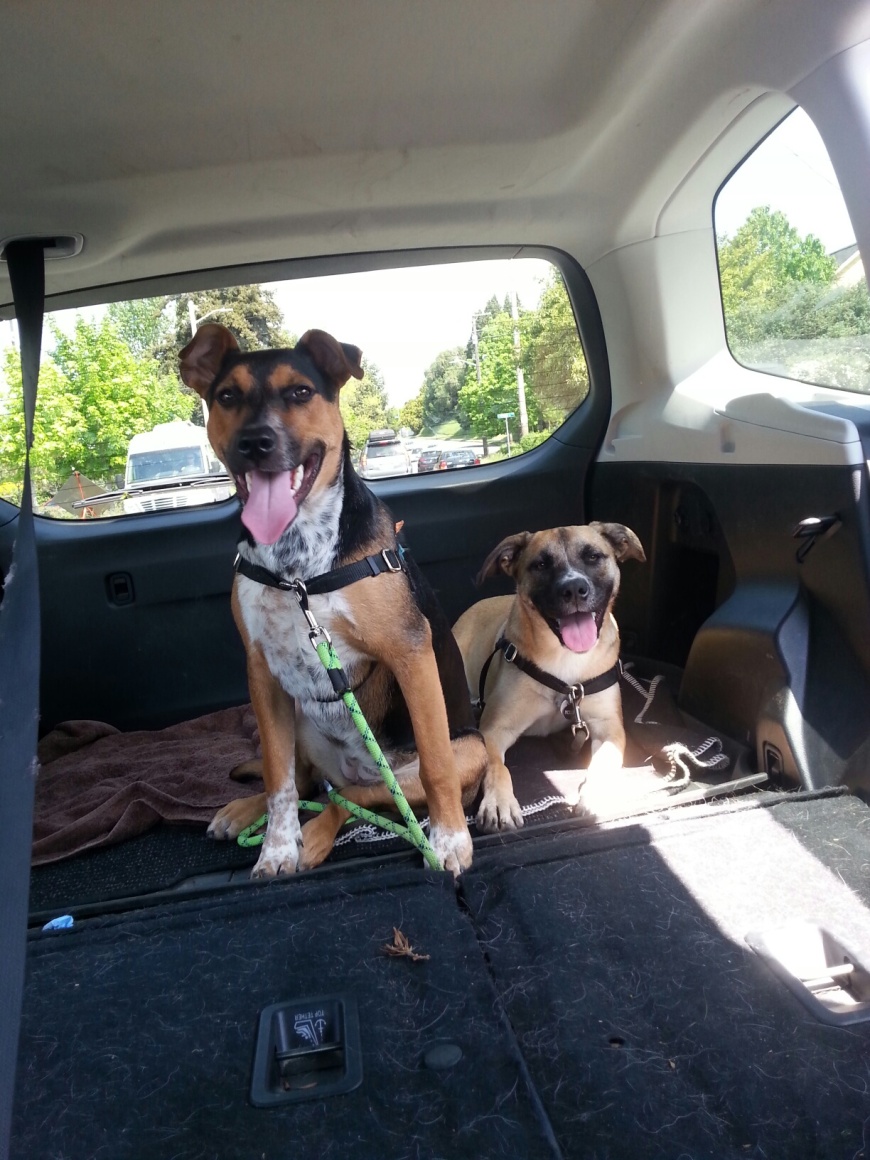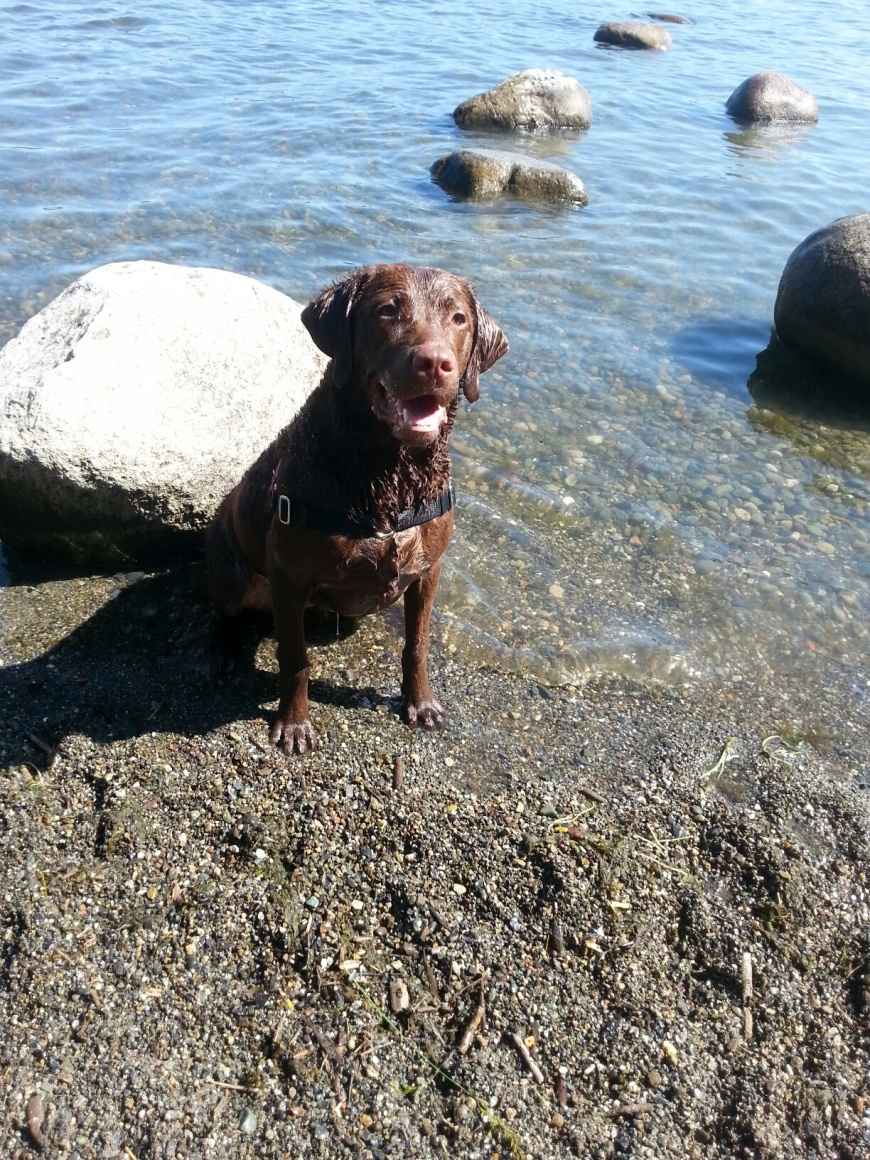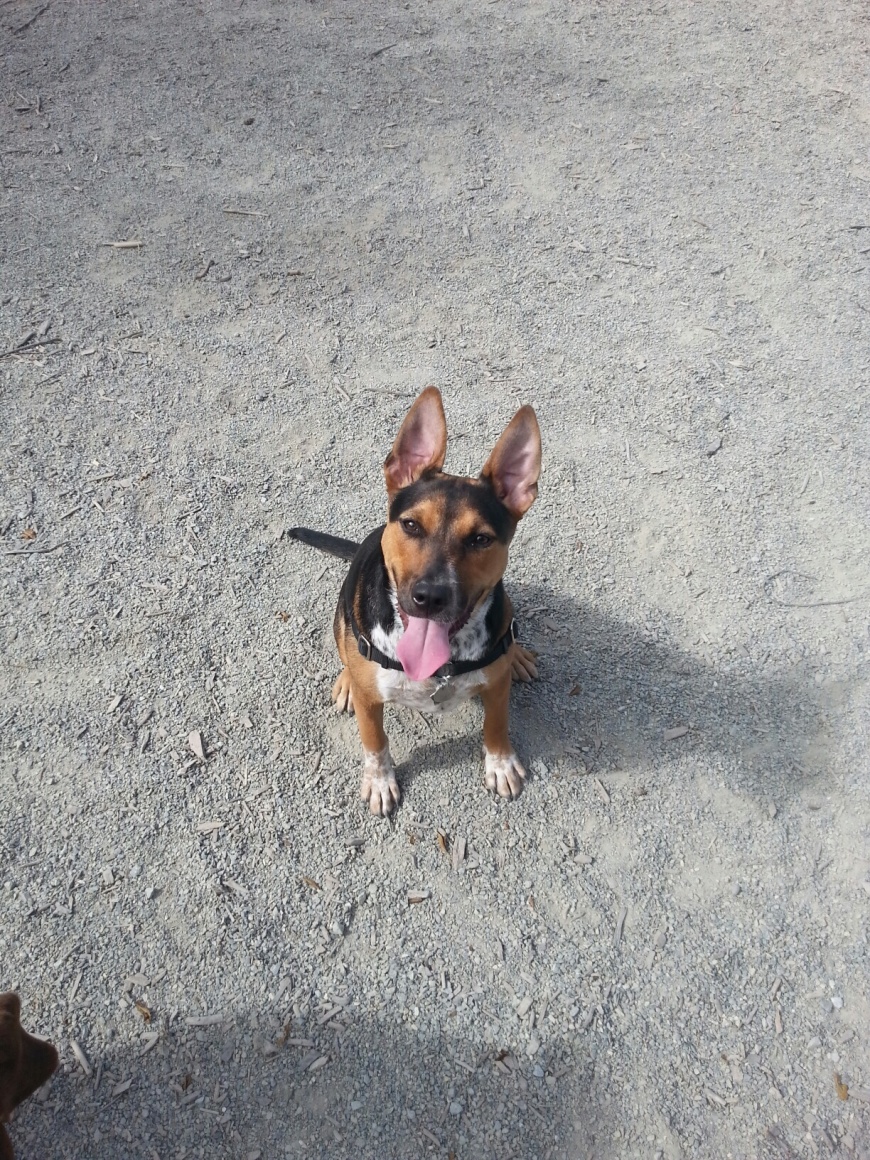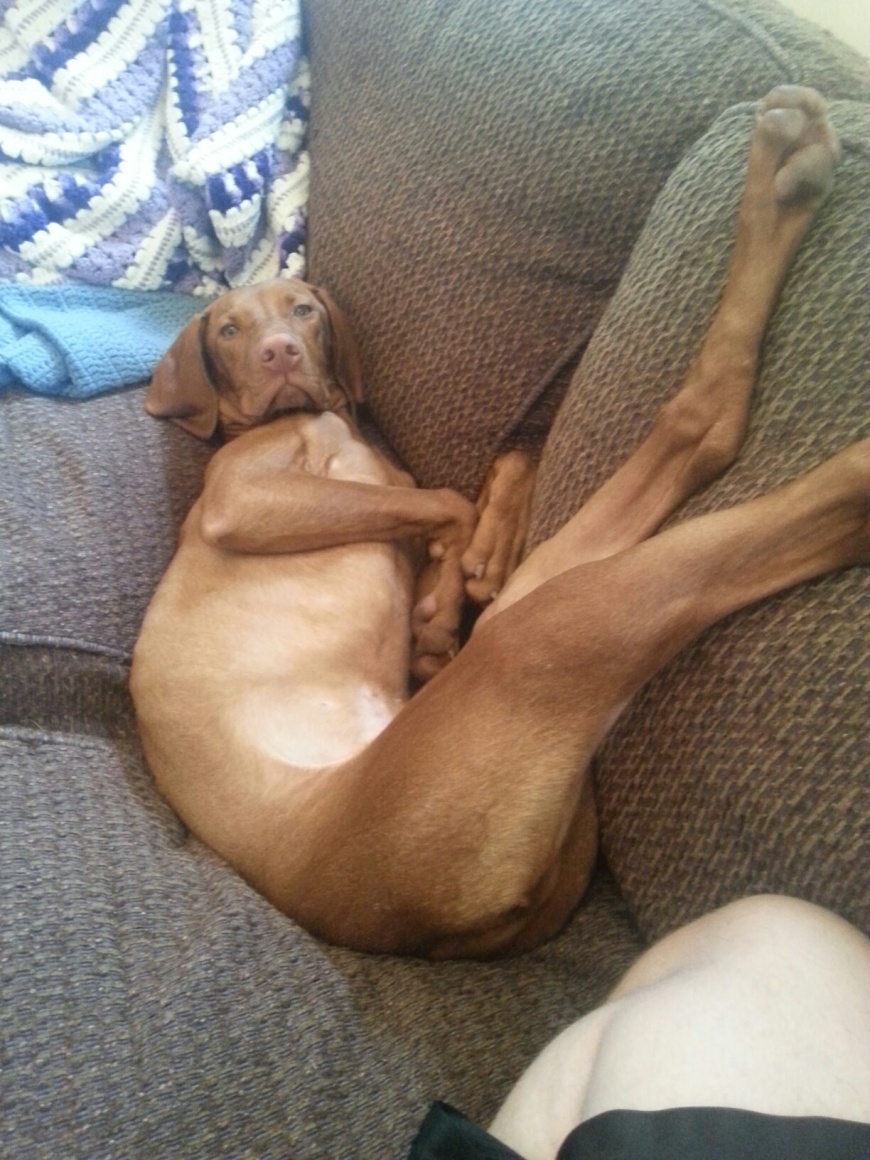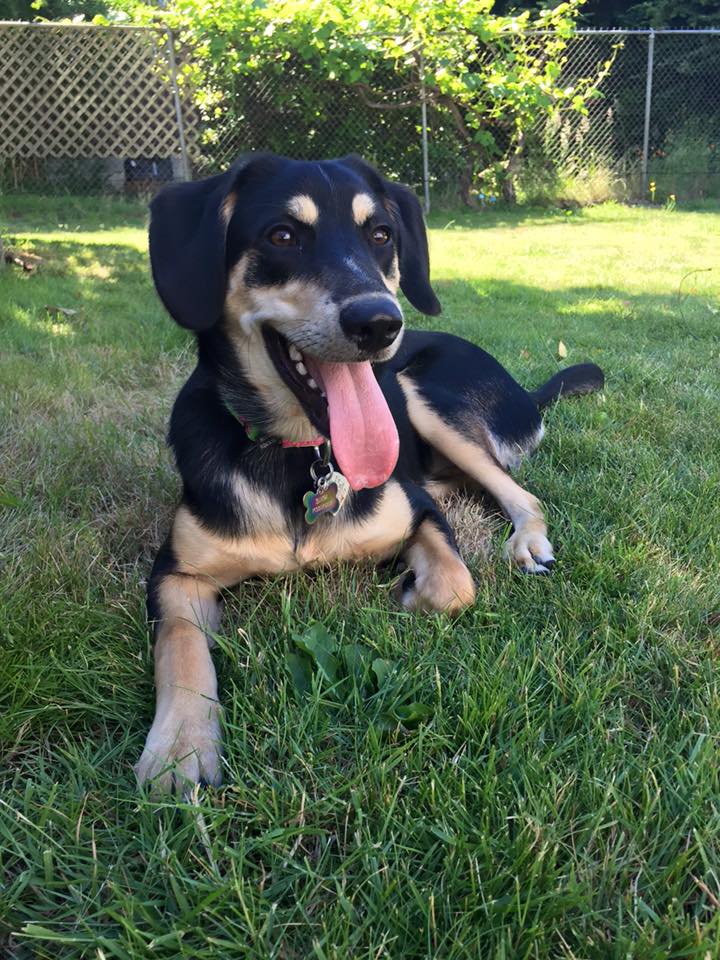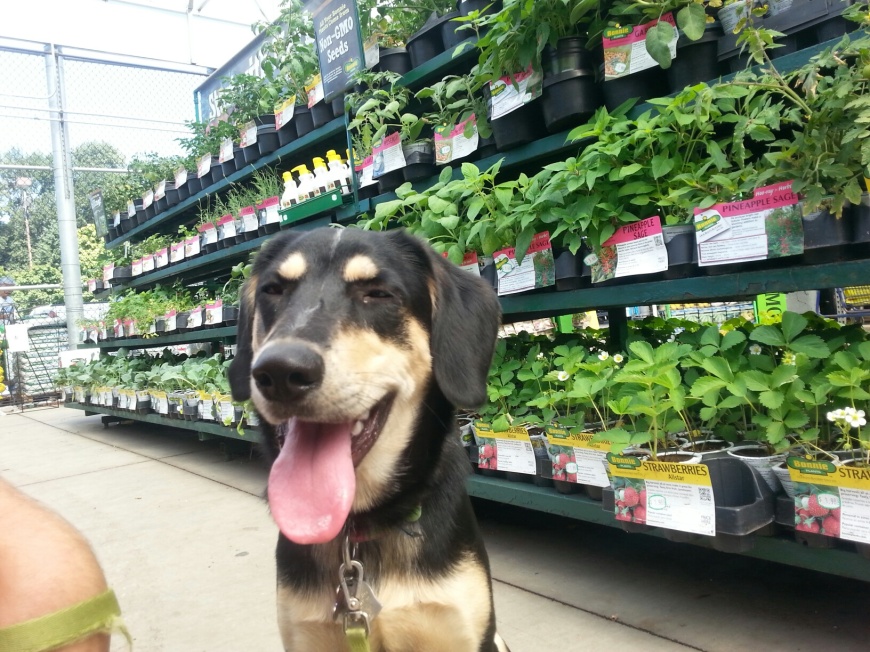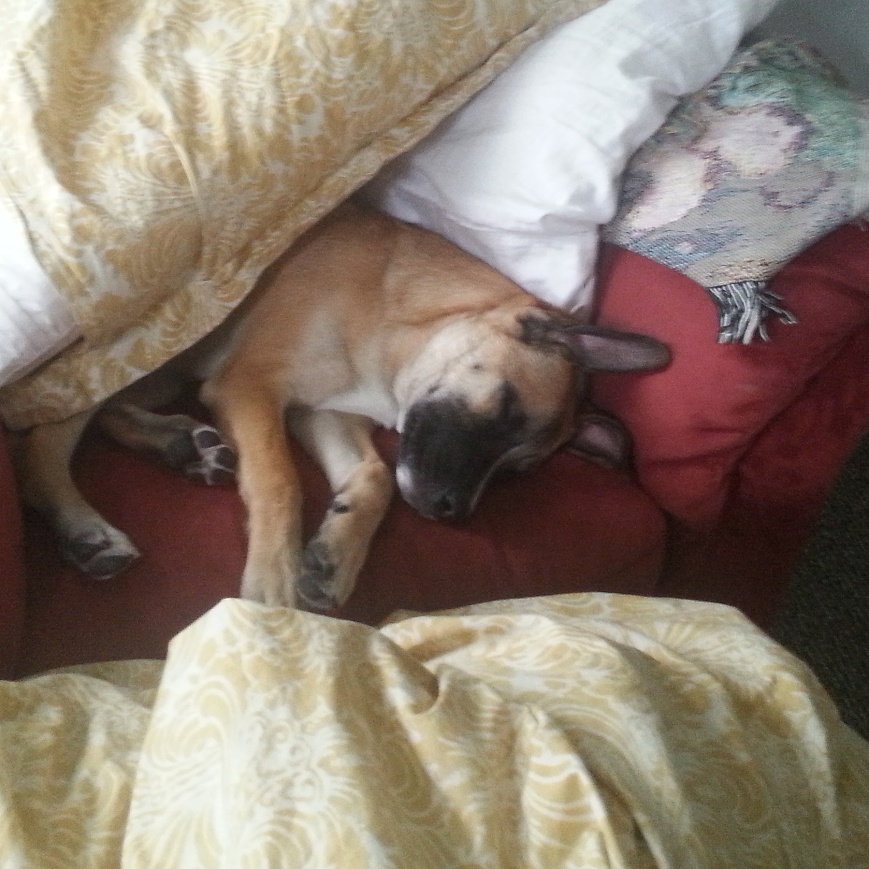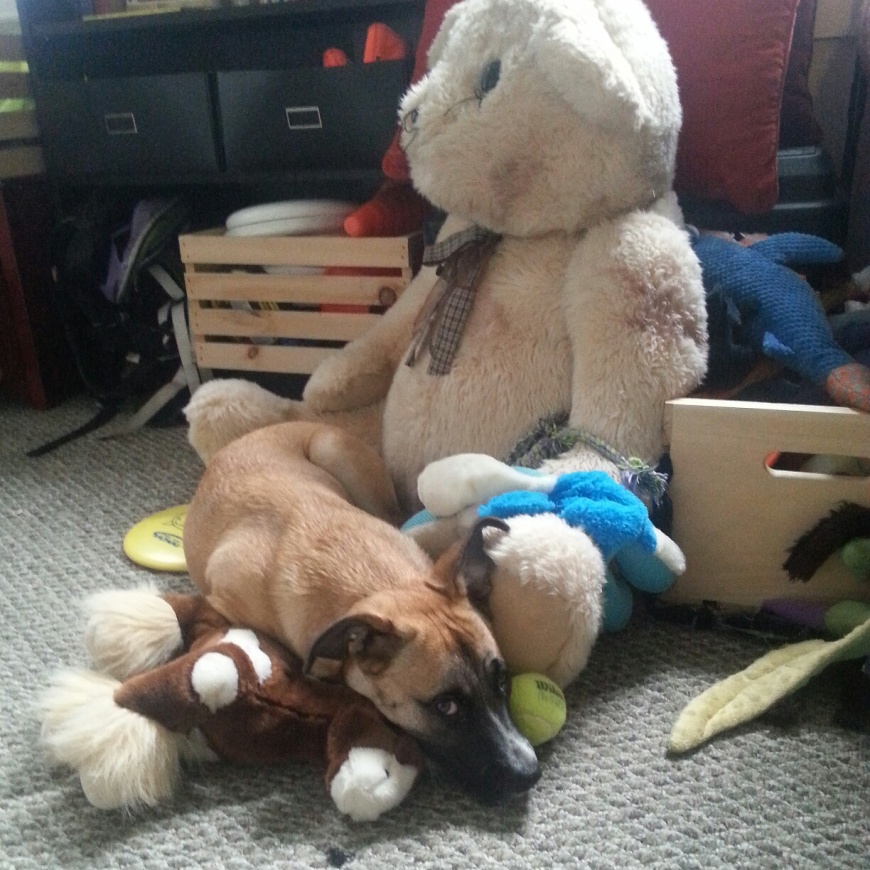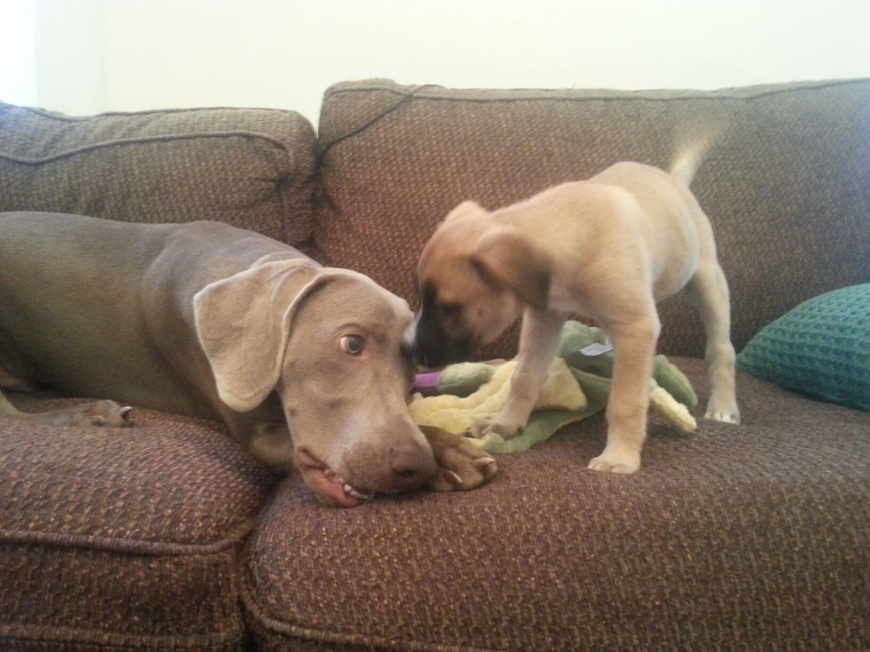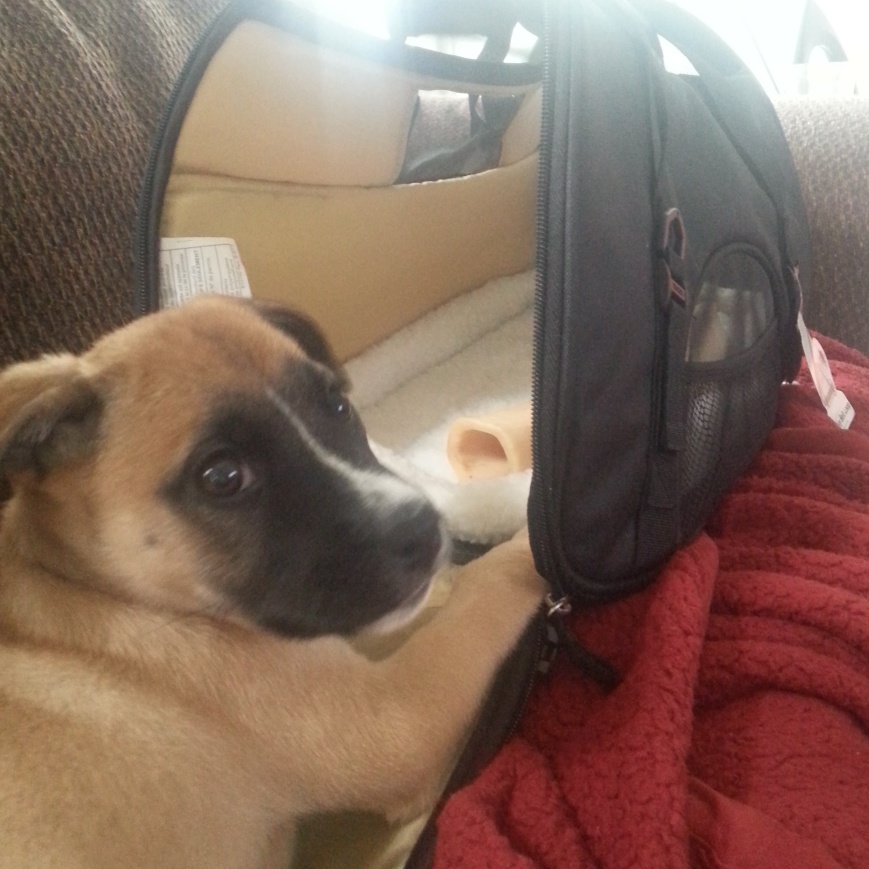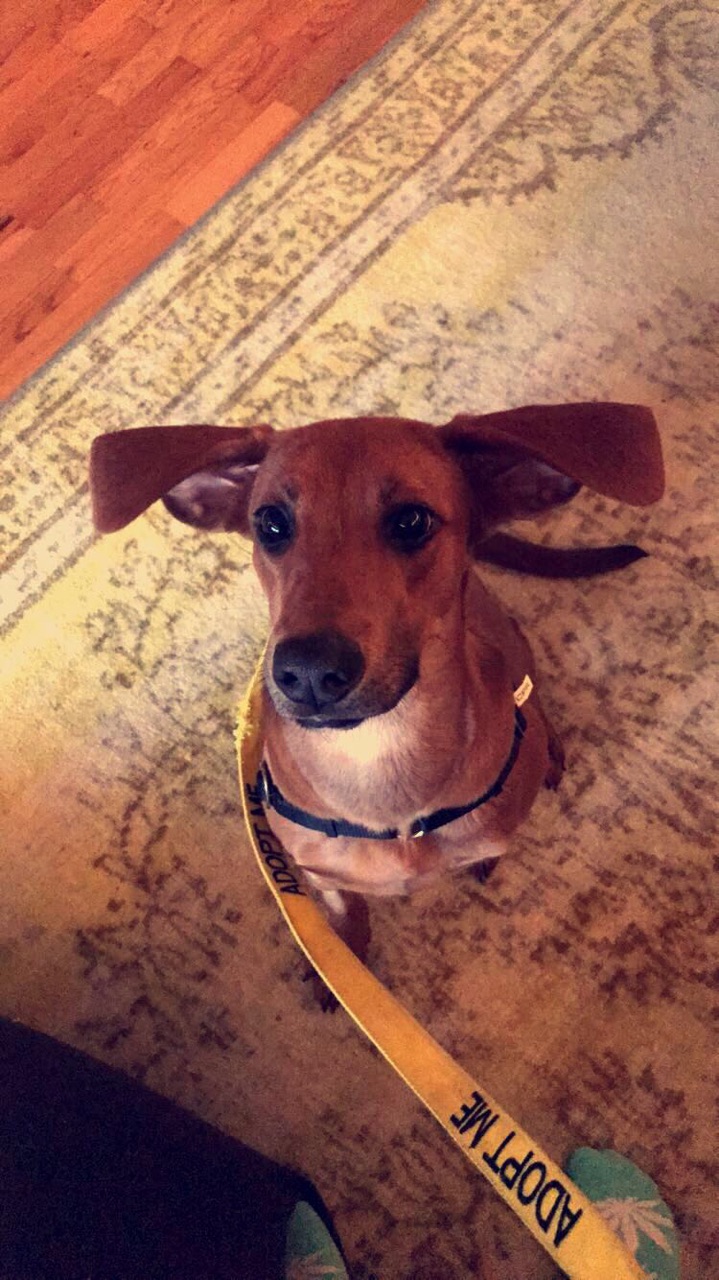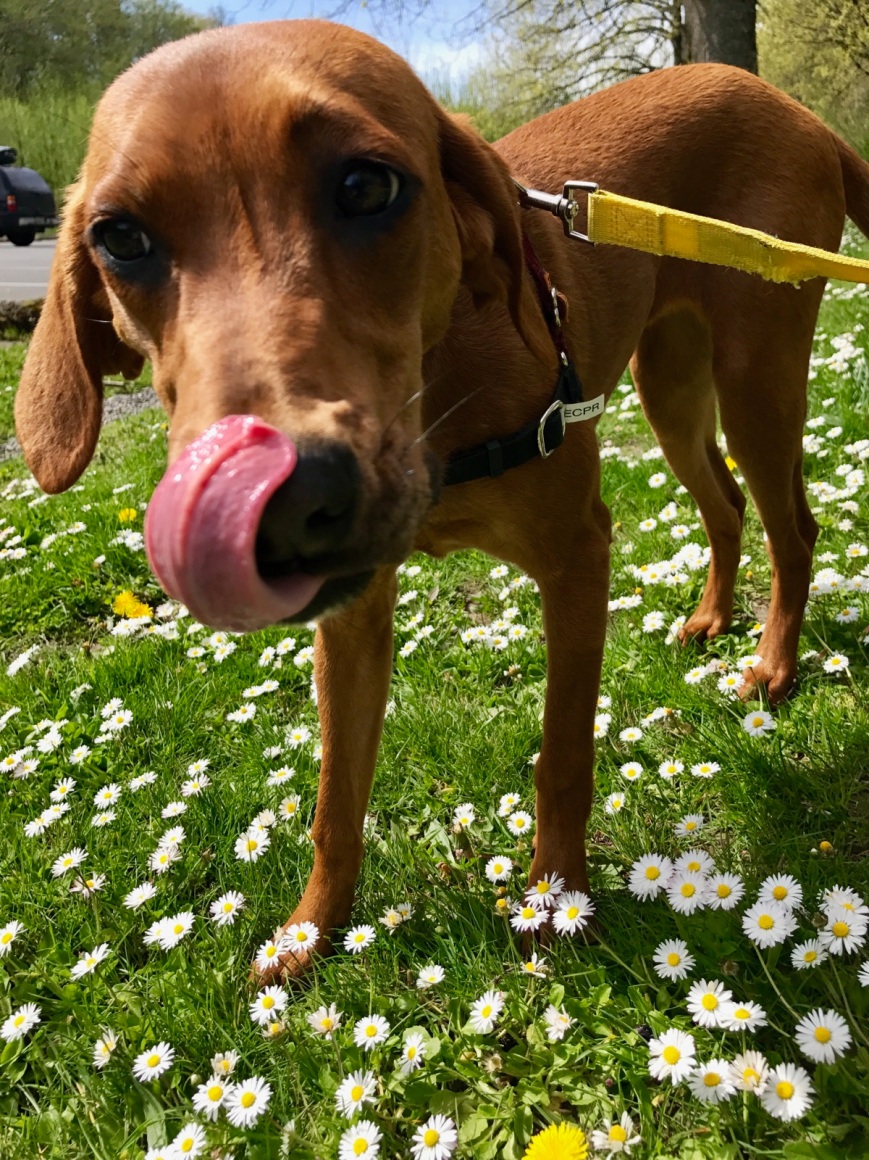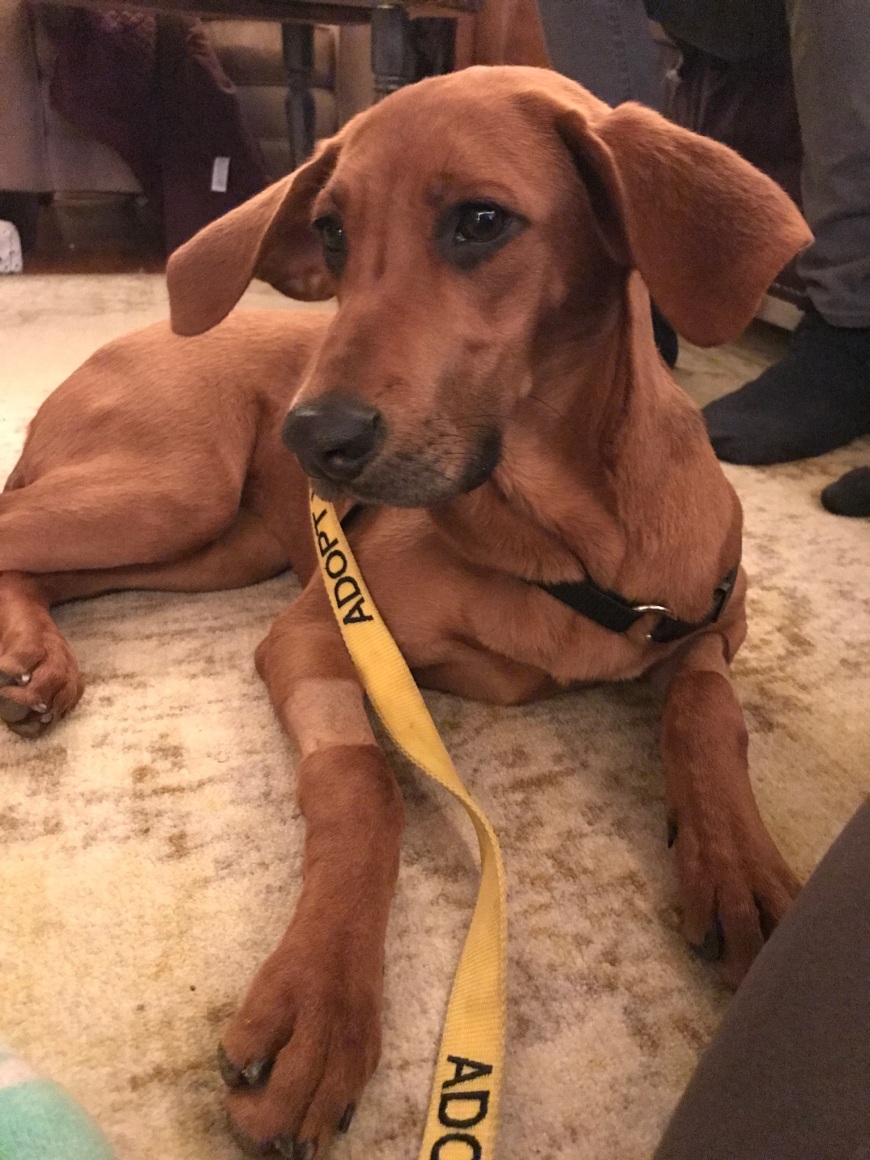Bindi was a shaggy haired mutt from Georgia. She was 6 months old when we welcomed her into our home, and was clearly under-socialized. She was reluctant, skiddish, meandered on leash, and was wary of any quick motion. The first time I went to pet her, this skinny collie-mix recoiled in instant fear. I worried that she had been rescued from a home of abuse and neglect (and was luckily disproved when talking to her rescuers). Bindi was unsure, under-confident and needing a guiding hand to teach her the world was a happy place.
Bindi was my first foster, and quickly taught me the value of time with rescue dogs.
Fostering dogs is easily the most rewarding experience I’ve ever had in my time working with rescue animals. I was originally connected through Georgia Peaches Puppy Rescue, where we adopted our pup, Pickle. The first few fosters that came to us because they were adolescent dogs that were in need of proper socialization. Puppies learn to accept the world best between 12-20 weeks, the most critical part of their socialization. Circumstance had limited our foster’s exposure to the real world during that most crucial window in their young life. Our job was to prepare acquaint them with the terror that was vacuum cleaners, semi-trucks, and wheelchairs. Humans take these things for granted because we have grown accustomed to them, but can you imagine the first time you heard a fire truck siren blaring in your ear? It is terrifying!
Slowly, patiently, we worked. We took walks through the neighborhood daily, first around the block, then around Lowe’s, then around a busy touristy spot. We slowly introduced the pups to more and more stimuli until they relaxed, and even welcomed the chaos! I saw these dogs blossom and become better forms of themselves, and become more adoptable in the process!
Fostering is not easy. You face behavioral and training issues, pour hours of time and energy into their well-being, and make a deep connection with an animal, all with the intent on getting them adopted to another family. This, actually, is the main reason people give for not fostering.
“I could never give them up, I would fall in love with them.”
But fostering, for me, is giving them up BECAUSE you love them. Not every home can commit to raising a dog for 12-15 years. But most homes can commit to training, caring and loving a dog for 2 weeks. That, in the end, is the most beautiful part of fostering. You commit a short time, and you save a life. Win-win!
Rescues are starving for fosters across the country, and a lot of rescues can only rescue animals if there are enough foster homes to care for these animals. Others face behavioral issues in their shelters that manifest from animals not coping well with shelter environments. Closed spaces, loud noises, changes in routines, and being torn away from their life leads to many dogs being fearful, aggressive, and destructive. But give those animals a shot in a home, and so many improve over night! And any glimpse of improving gives these animals a shot at a forever home.
Fostering saves lives! I highly encourage any home that can to open their homes to a rescue animal. Your short commitment provides a new opportunity to an animal in need and is, sincerely, the most rewarding gift you can give! I have helped foster over a dozen puppies between 8 weeks and 6 months, and offered advice to countless other foster families. I can’t speak highly enough of what this experience has offered me, the all the families, and certainly all the animals, I’ve helped!
If you need help getting connected to foster program, please contact us and we’ll certainly help you out!

